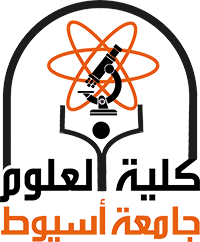Layered carbides and borides, blending ceramic and metallic characteristics, present compelling prospects for future nuclear reactor applications due to their complex nanolaminate crystal structure. To explore the behavior of Fe2AlB2 under different conditions, helium irradiation is conducted across saturation fluences and under different annealing and irradiation temperatures. Room temperature (RT) irradiation causes some changes: a-lattice expands 0.3 %, c-lattice contracts 0.07 %, and an embedded amorphous layer into the matrix is formed. 400 °C annealing keeps an amorphous structure, whereas 800 °C annealing fully recrystallizes with bubble growth. Increasing the irradiation temperature to 400 °C with the same fluence, smaller bubbles form without an amorphous layer, indicating defect recombination depends on helium attachment to vacancies. Under irradiation at 700 °C, faceted bubbles develop exclusively within Fe2AlB2, with no such bubbles in Al2O3. These faceted bubbles align themselves along (110) planes. Simultaneously, irradiation prompts tangled dislocations within the damaged layer, fostering the congregation of polygonal bubbles along grain boundaries (GBs) and creating denuded areas at GBs. Fe2AlB2 demonstrates remarkable oxidation resistance under high-temperature irradiation, maintaining surface stability without the cracks seen in ion-irradiated Ti3SiC2 and Ti2AlC at RT.
Fe2AlB2 shows promise for use in reactors operating at temperatures above 500 °C due to its resilience to irradiation. Further investigation is warranted for its application in reactors operating in environments exceeding this threshold temperature.

